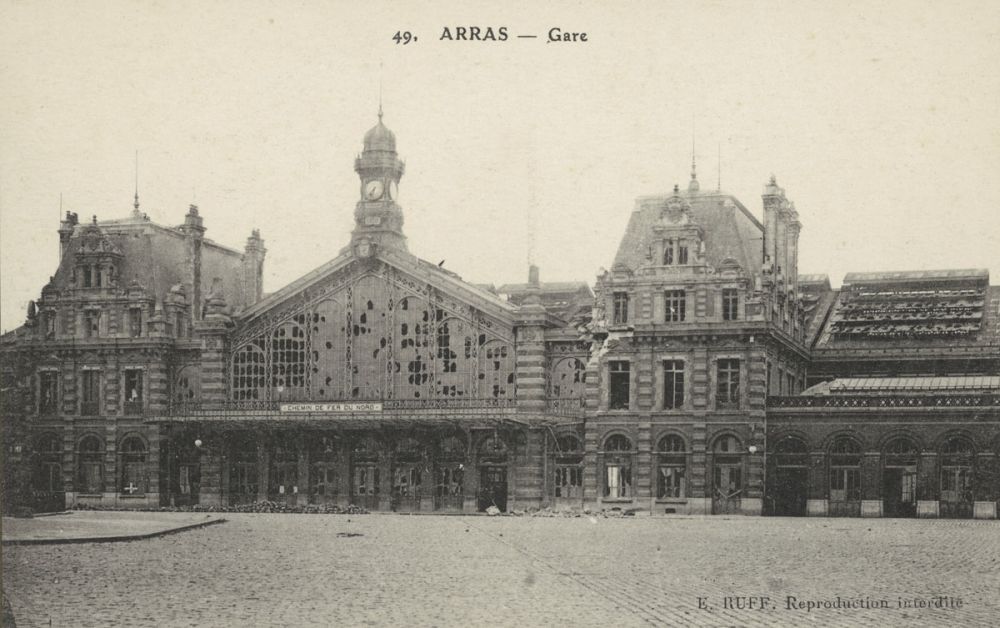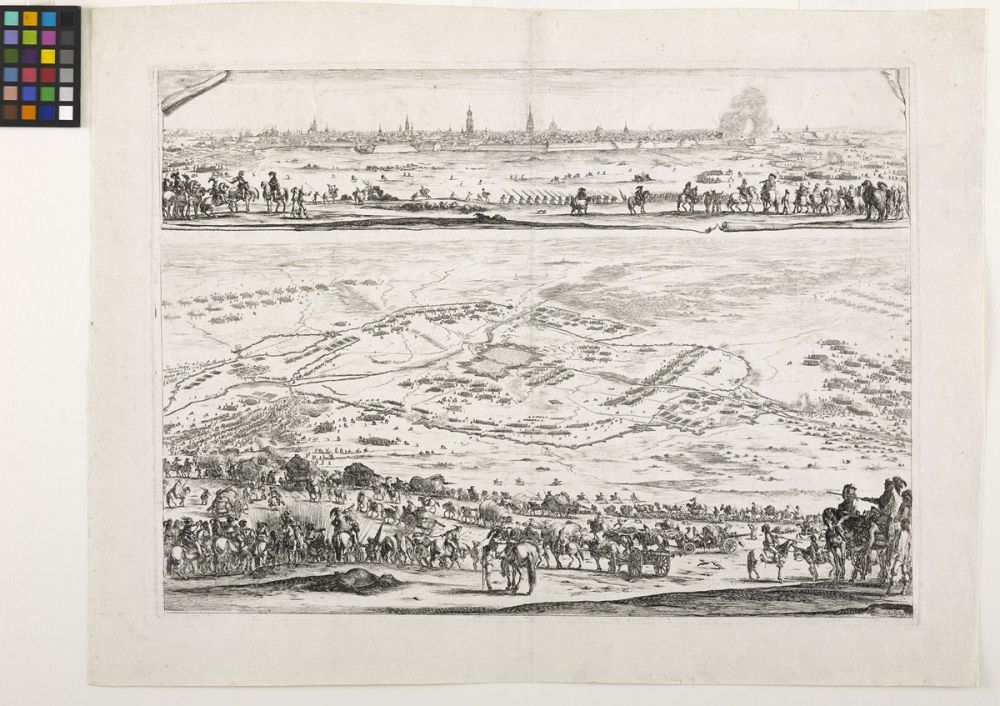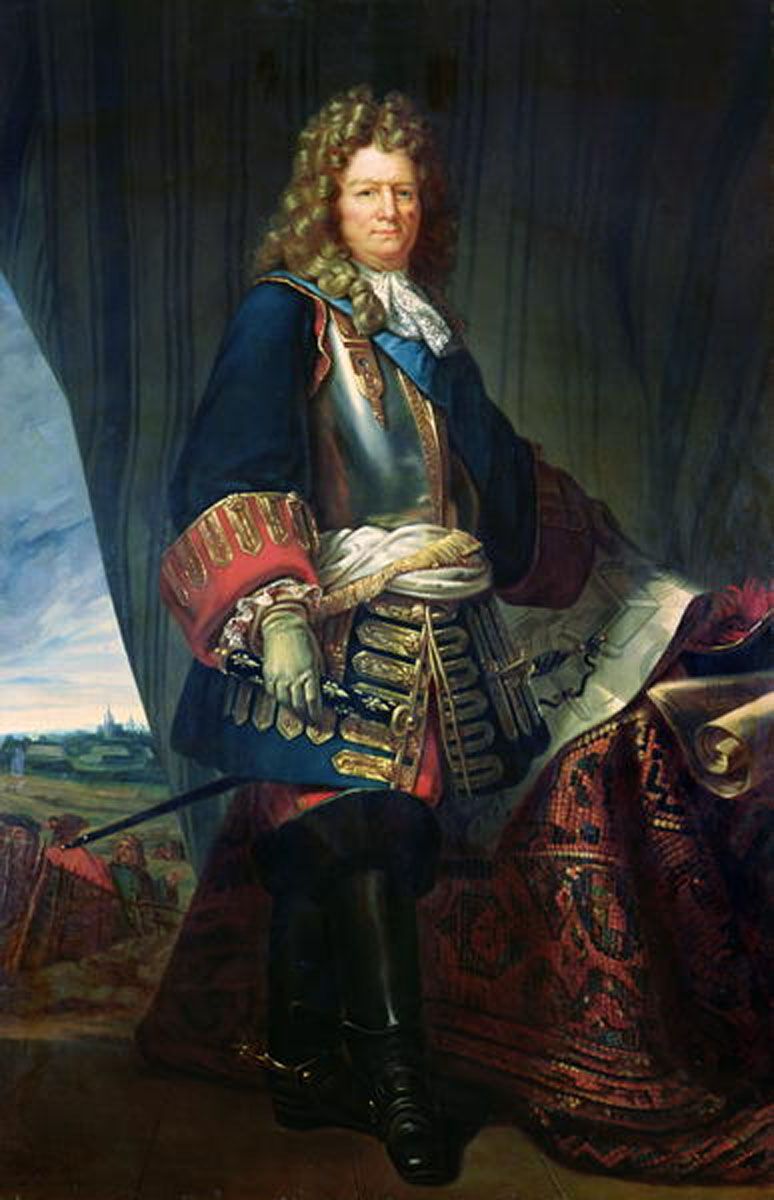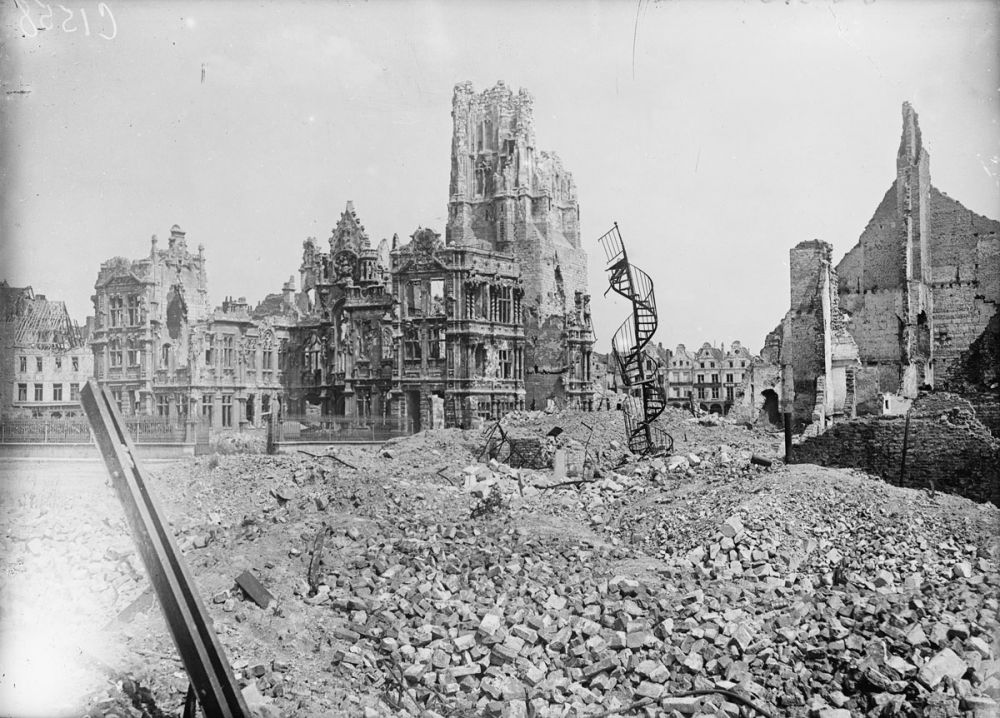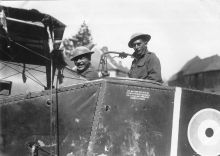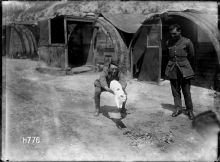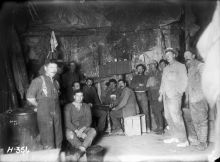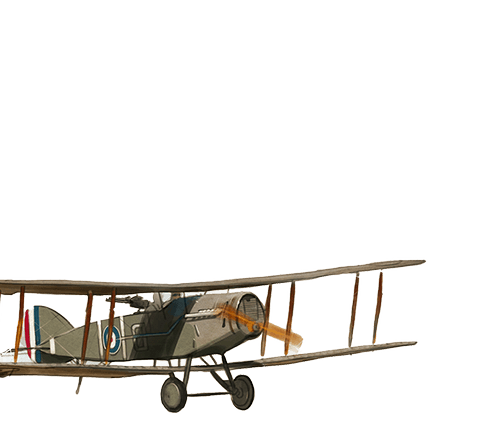Gare d’Arras
You’re standing in the station square of the Gare d’Arras by the war memorial. Arras was first fortified in the 13th century, and later, the city defences, were constructed by Vauban - the foremost engineer of his time - in the 17th century. This area was the traditional route of invading armies, either attacking out of or attacking into France - and so there was a whole network of fortified towns to protect the frontiers. Ypres played a similar role in Flanders. In the late 19th century the city knocked down the walls and covered over the moat, which then became part of an underground sewer-system. Here where you stand stood the walls and this became the route of the Arras railway line because it offered up a superb site, right through the centre of the city. The underground sewer runs under the railway line in front of where you are standing. Like Ypres, Arras became an important salient during the First World War. The outer suburbs became the frontline area and right here was where the New Zealand tunnellers, connected the sewer system to specially built tunnels, underneath the two main roads. The basement of the post office, behind you just a block away down the street, was the site of the New Zealand Tunnelling Company Headquarters.
As the buildings around you were destroyed by shelling, the New Zealand Tunnellers recce’d the cellars to find accommodation for soldiers. Exploring underground, they found that the former moat linked up with the Crinchon sewer that led from this square back, into the centre of town. Surrounding the Hôtel de Ville are the Grand’ and Petite Place. Today, many of the restaurants are situated in the basements of those two squares. You can pop down and look at the back walls - maybe ask the owner first - and you’ll see a change in stone work or an obvious place that’s been bricked up. That’s where the New Zealand Tunnellers knocked their way through the back of the basement to find the link into the sewer - so that the soldiers living in that basement could then be transported down through the sewer system. They then linked up with the tunnels that the New Zealanders had dug under the line of the two main roads. On your right is the overbridge leading to Bapaume, the tunnel dug under this linked up with the seven big caverns that the New Zealanders turned into an underground city for over 12,000 men.
So here, in Arras, an entire underground city was created by many skilled and brave miners, and this enabled thousands of Allied troops to live fairly comfortably underground, with protection from the war, above. This network of tunnels also provided a safe way to transport troops directly to the front line, a secretive route that was a complete surprise to the Germans, in the Arras offensive of April 1917.



